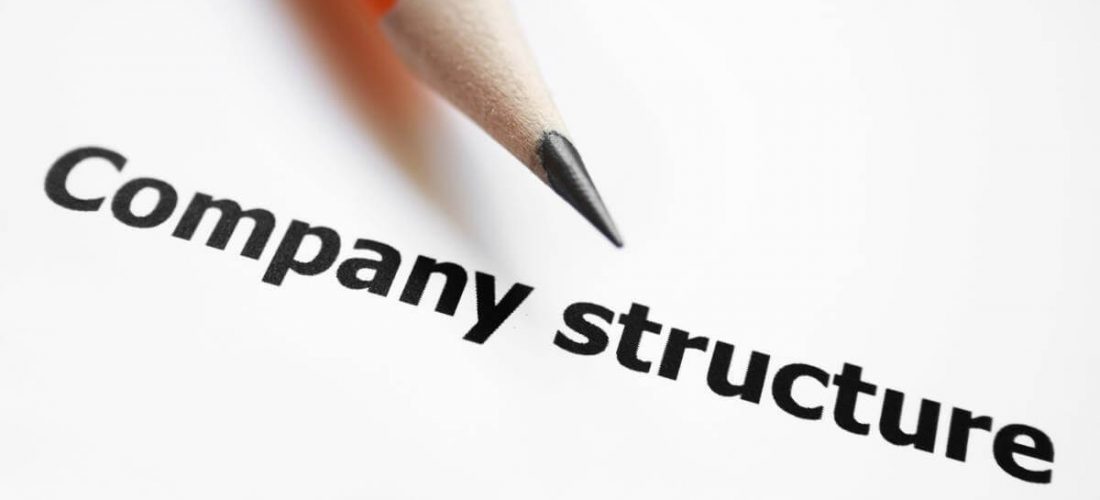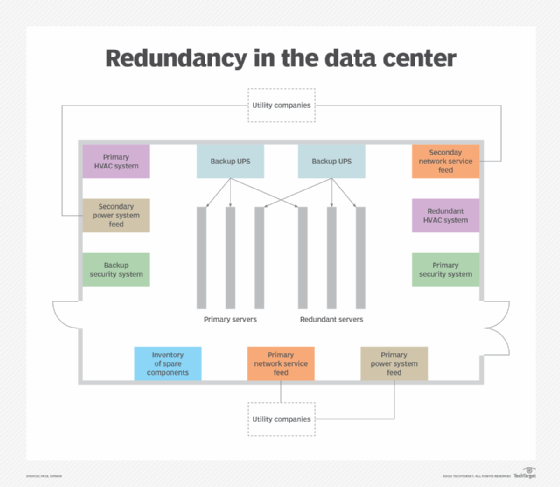If a Company Goes Bust Who Pays Redundancy? Lawful Insights for UK Worker
If a Company Goes Bust Who Pays Redundancy? Lawful Insights for UK Worker
Blog Article
Checking Out the Operational Dynamics of Firm Redundancy and Its Long-Term Sustainability

Redundancy Approaches for Organization Continuity
In order to make certain continuous operations, businesses must carry out reliable redundancy methods for service connection. Redundancy in this context refers to the duplication of important components or features within a system to minimize the impact of prospective failings. By incorporating redundancy methods, companies can boost their strength versus disturbances created by numerous variables such as all-natural disasters, equipment failings, or cyber-attacks.
One typical redundancy strategy is the implementation of backup systems and data storage space options. This involves producing matches of essential data and systems that can be turned on in case of a primary system failing. Furthermore, organizations can develop repetitive communication channels and power sources to maintain connectivity and operations throughout unexpected occasions.
Additionally, cross-training staff members to do multiple duties within the firm can act as a valuable redundancy approach. This makes sure that vital jobs can still be carried out also if crucial personnel are unavailable because of illness or other factors. Generally, reliable redundancy methods are vital for companies to copyright functional continuity and minimize the influence of prospective disruptions.
Influence of Redundancy on Organizational Resilience
Offered the vital role redundancy approaches play in making certain service continuity, discovering the effect of redundancy on organizational durability becomes important for recognizing the alternative functional dynamics of a firm. Business durability describes an entity's capability to adjust to interruptions, recuperate from obstacles, and change when required while preserving core functions. Redundancy, when tactically executed, can significantly contribute to boosting an organization's strength in the face of unforeseen obstacles. By having backup systems, workers, or procedures in position, firms can better hold up against shocks and continue procedures with very little disruption.
Moreover, redundancy can bolster employee morale and confidence, knowing that there are contingency plans in place to deal with unexpected scenarios. This complacency can bring about increased productivity and an extra favorable workplace. In addition, redundancy can cultivate technology and creative thinking within a company as staff members feel empowered to take computed threats, knowing that there is a safety web to sustain them in case of failure. Overall, the effect of redundancy on business durability is extensive, forming the long-term sustainability and success of a business.
Balancing Performance and Versatility in Redundancy
Accomplishing an unified stability in between operational performance and adaptive adaptability is a critical challenge in the tactical implementation of redundancy within companies. Too much flexibility without a solid operational structure can result in inadequacies and inconsistency.
To balance efficiency and flexibility in redundancy planning, organizations have to meticulously examine their functional needs, market dynamics, and tactical goals. Carrying out lean techniques can their explanation boost efficiency by eliminating and streamlining processes waste, while fostering a culture of versatility and constant enhancement can improve adaptability. In addition, purchasing cross-training programs and durable interaction channels can help cultivate a functional labor force with the ability of managing diverse tasks throughout durations of shift. Inevitably, finding the right equilibrium in between performance and flexibility is critical for constructing a resilient and lasting company when faced with uncertainty.
Long-Term Sustainability With Redundancy Planning
To make sure enduring viability and security, companies should tactically straighten their redundancy preparation with long-term sustainability goals, thus balancing functional performance with flexible flexibility. Companies ought to see redundancy not as a responsive service to immediate issues however as a positive approach for lasting success.

Aggressive Measures for Sustainable Company Operations
How can companies proactively improve their operational sustainability for long-lasting success? Carrying out aggressive steps is vital for firms aiming to guarantee sustainable operations. One vital strategy is to spend in technology and technology to streamline processes, minimize waste, and stay affordable out there. Embracing lasting methods such as minimizing energy usage, minimizing carbon footprint, and maximizing source use can not just profit the atmosphere but additionally result in set you back savings over time.
Furthermore, promoting a culture of continual renovation and knowing within the company can enhance versatility to altering market conditions and client needs. Motivating employee involvement in decision-making procedures and offering chances for expert growth can increase spirits, efficiency, and overall performance. Developing clear goals, keeping an eye on crucial efficiency signs, and on a regular basis reviewing progress are crucial parts of proactive sustainability administration.
Collaborating with vendors, consumers, and other stakeholders to advertise sustainable methods throughout the supply chain can develop a causal sequence of positive impact - redundancy pay if company goes bust. By taking aggressive steps in the direction of functional sustainability, business can develop strength, website here drive advancement, and safeguard their long-lasting success in an ever-evolving organization landscape
Conclusion

In the world of business management, the strategic implementation of company redundancy stands as a crucial yet intricate practice that necessitates a delicate balance in between operational effectiveness and long-lasting viability. By exploring the functional characteristics that underpin company redundancy and reviewing its wider ramifications for organizational durability and adaptability, a nuanced understanding of exactly how redundancy techniques can form the future trajectory of a company starts to unfold.Given the important role redundancy techniques play in making certain company connection, checking out the influence of redundancy on organizational strength comes to be critical for understanding the holistic operational dynamics of a company. Overall, the effect of redundancy on organizational durability is profound, forming the long-term sustainability and success of a company.
In verdict, comprehending the operational characteristics of business redundancy is essential for making sure lasting sustainability.
Report this page